
Green machining is a method that integrates sustainable machining practices into CNC machining processes to reduce or significantly minimize environmental impact, energy use, and waste. The key here is to preserve precision and efficiency. Green machining uses dry, cryogenic, and other methods of CNC machining, but the process also extends to material choice, coolant selection, and energy consumption, aligning design and engineering goals with sustainable machining.
Why Green Machining Matters for CNC Shops
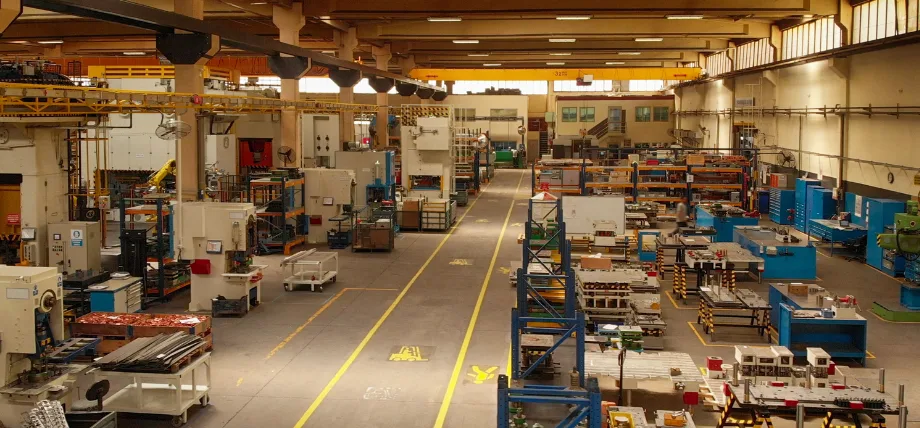
CNC Shop Floor
Green machining is a manufacturing technique that reduces environmental impact while maintaining precision in CNC operations. For a CNC shop, these may be no more than regulatory practices, but they align with the European Union’s REACH regulations and meet the requirements of ISO 14001 for environmental management.. CNC machining utilizes a significant amount of cutting and cooling fluids, which contribute to hazardous waste. Many machine shops dispose of these chemicals, allowing them to leach back into the environment, harming the ecosystem and potentially contaminating the water supply. It also increases machining costs associated with disposing of machining fluids properly.
By shifting to green methods, shops can reduce these costs through better material selection that requires fewer fluids or has improved material reclamation, allowing scrap to be recycled and recovering the cost of the raw material.
Green machining also increases process reliability because conventional CNC machining generates a significant carbon footprint from its motors and coolant systems, with approximately 80% of its operational energy consumed by non-cutting operations, such as motor and coolant system usage. Green machining approaches utilize energy-efficient drivers and motors that minimize emissions and energy consumption without compromising tolerances.
Many aerospace and automotive companies work with CNC shops that have verified their sustainable technology approaches through metrics and certifications.
Environmental Impacts in CNC Machining
CNC machining is an exact machining process, but it has significant environmental impacts on energy, materials, and fluids. The highest impact is in energy, with machine tools drawing 30 – 50 kW during operation, contributing to global emissions equivalent to approximately 200 million tons of CO2 annually, considering the scale of worldwide CNC operations. With 80% of energy drawn from non-renewable sources, the greenhouse effect is also amplified.
Material waste is a result of subtractive processes that generate around 1-5 kg of scrap, often in non-recyclable forms, such as swarf. Metals like aluminum and titanium require energy-intensive extraction through mining, which emits 12-15 tons of CO2 per ton of metal extracted. Waste from mining also contributes to landfills and water pollution.
Coolant fluids contain biocides and heavy metals that leach into water when they are disposed of. Evaporation and spills add to the complexity as volatile organic compounds (VOCs) contribute to air pollution and operator health issues.
Green Machining Applied to Ceramics
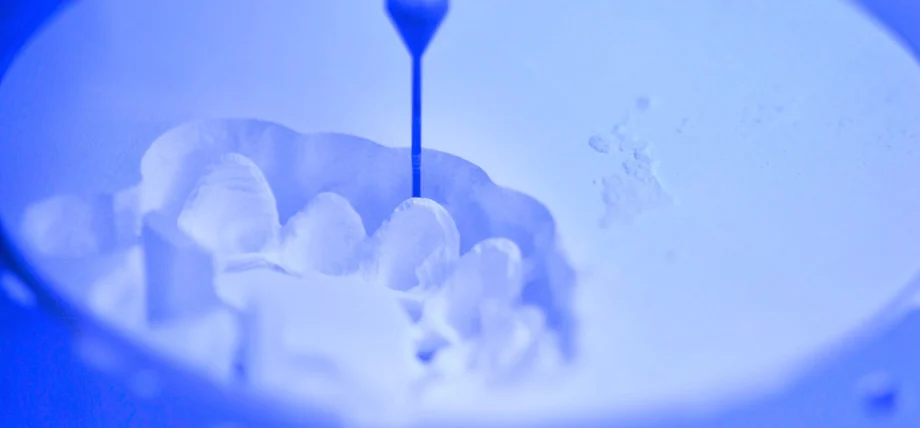
Dental milling
In ceramics processing, green machining involves shaping unsintered compacts through CNC milling. The process relies on the green compact’s ductility to achieve complex geometries economically.
The blanks made using die presses are machined with carbide end mills at feeds of 0.05 – 0.2 mm/tooth and speeds of 100 – 300 m/min without cracking. This differs from post-sintered ceramic grinding, which requires diamond abrasives and results in higher tool wear.
Green machining of ceramic begins with powder compaction using binders such as polyvinyl alcohol (PVA) at 1-3 wt%, yielding green strengths of 10-20 MPa, which are sufficient for fixturing in CNC applications. CNC milling can be used to produce required features, such as slots and threads, with tolerances of ±0.05 mm before sintering. Once the CNC machining of the pre-sintered part is complete, it can be sintered to produce the tough and durable part.
Green machining of ceramic parts can be utilized in the electronics and biomedical fields, as green-machined alumina insulators achieve a surface roughness of Ra < 0.1 μm, which is ideal for high-voltage components. It is also used in dental restorations, as green ceramic machining (GCM) fabricates lattices with pores ranging from 200 to 500 μm for tissue scaffolds. This method reduces post-processing by 70%.
Try Prolean Now!
Dry Machining for Metal Parts Production
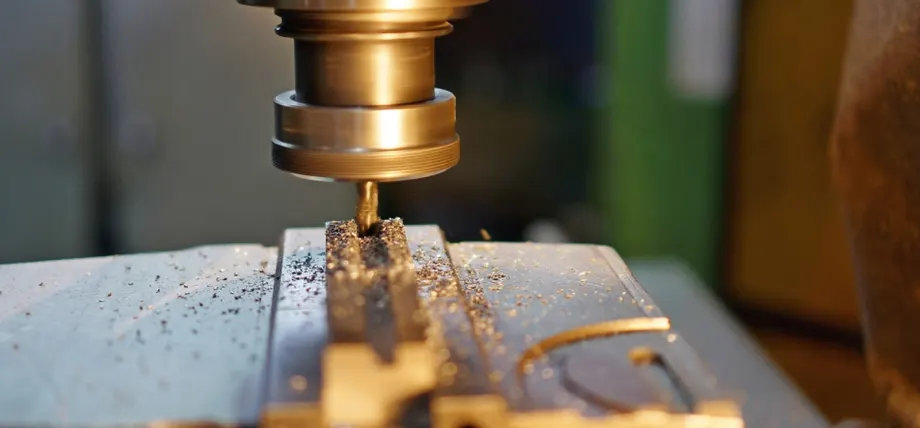
CNC Milling Operation
Dry machining does not use cutting fluids in CNC operations and relies on tool coatings and parameter selection to manage heat and friction. For example, aluminum 6061 can be cut using uncoated carbide tools at 200 – 300 m/min and 0.1 – 0.2 mm/rev feed, which can also achieve a good surface finish of Ra 0.8 – 1.2 μm.
The heat buildup is minimized through TiAlN coatings and dissipates through chip evacuation, thereby reducing thermal distortion that would otherwise require coolant and fluids. In steel production for grades like AISI 1045, dry turning can be used with ceramic inserts Al2O3-TiC at 150 – 250 m/min, which sustains tool life longer than wet machining due to reduced corrosion risks. Titanium alloys like Ti-6Al-4V can also be machined using dry milling, but they require PCD tools at speeds of 100 -150 m/min to counteract their low thermal conductivity (15 W/mK).
Some of the advantages of dry machining include no fluid disposal, dust mitigation through enclosures, and filtration that captures 99% of micro particles. The disadvantages include a higher initial tool cost and reduced maximum cutting speeds.
Cryogenic Machining for Hard Alloys
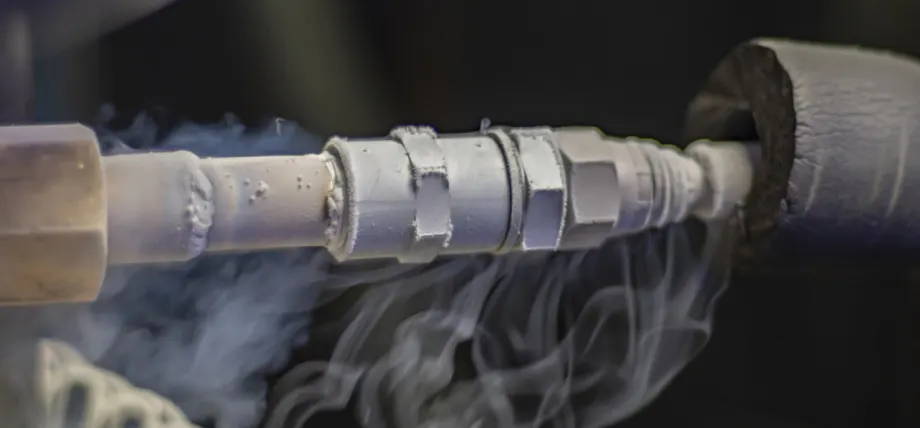
Cryogenic CNC Machining
Cryogenic machining utilizes liquid nitrogen (LN2) to cool the tool-work interface, thereby enhancing the machinability of hard alloys, such as Inconel and Ti-6Al-4V, in CNC machines. Internal delivery through tool holders maintains insert temperatures below -100°C, which reduces diffusion wear by up to 60% in some alloys. For end milling Inconel, feeds increase to 0.15 mm/tooth at 80 m/min.
Specifically in titanium machining, LN2 external jets can limit the shear zone temperatures to 600°C, extending tool life 4-fold with a surface finish of Ra 0.4 μm. Cryo-hardening refines grains, improving fatigue strength by 15% in aerospace forging.
The environmental benefit of cryomachining is the reduction of fluid evaporation, resulting in zero waste compared to flooded coolants. LN2 production can increase the carbon footprint; however, it results in a 30% energy savings due to faster machining rates.
Techniques & Tools for Green Machining in CNC
Dry milling uses coated carbide tools at 100-200 m/min for steels with zero fluid use. MQL applies 10-50 ml/h biodegradable esters at 5-10 bars, reducing friction in aluminum machining.
Tools feature PCD for non-ferrous metals with 7-15° rake angles. Ultrasonic-assisted dry turning at 20 kHz lowers energy usage by 25% for titanium. High-speed machining at 500-1000 mm/min through trochoidal paths reduces machining cycles by utilizing adaptive feeds that respond to sensor loads.
Eco-Friendly Tech in CNC Machining: Reducing Energy and Coolant Waste
Energy Reduction Technologies
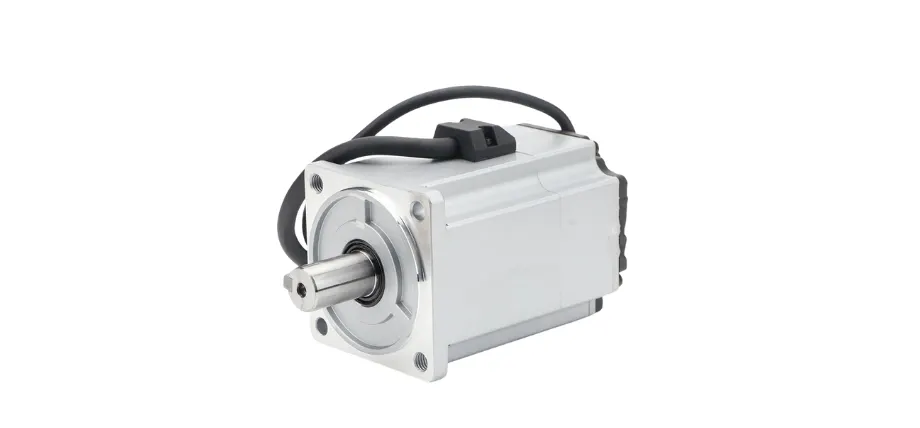
CNC Spindle Motor
Variable frequency drives (VFDs) on spindles can adjust power to the load, resulting in cost savings of up to 30% and reduced emissions. Modern CNC machines also incorporate regenerative braking, with kinetic energy recaptured at 10-15% during deceleration. LED lighting for the workpiece can further reduce auxiliary energy consumption, and transferring part of the CNC operation to solar power can reduce grid consumption by 20%
Coolant Waste Minimization
MQL uses 0.01 L/min of vegetable oils and biodegradable oils, reducing coolant disposal by 90%. Closed-loop CNC systems with magnetic separators reclaim 98% swarf. CO2 jets minimize temperature during machining and eliminate sludge as they evaporate quickly.
Try Prolean Now!
Advantages of Green Machining
- Extended Tool Life: Reduces thermal cycling, with TiAlN-coated tools in dry milling of aluminum, which can last up to 60 minutes compared to 20 minutes in wet conditions.
- Improved Surface Integrity: Achieves Ra <0.5 μm in cryogenic titanium turning
- Energy Savings: Reaches 37% through MQL and optimized paths according to energy analysis models.
- Waste Reduction: Eliminates 100% fluid disposal in dry processes and recycles 80% chips.
- Cost Efficiency in Ceramics: Reduces post-processing expenses by up to 70%
- Regulatory Compliance
- Health Benefits: Decreases VOC exposures, mitigating CNC operator health risks.
Sustainable Machining for Aerospace, Automotive, and Medical Components
Aerospace Applications
Green CNC fabrication utilizes cryogenic milling for titanium brackets with liquid nitrogen (LN2), allowing for higher speeds of 200 mm/min. Dry additive-CNC hybrids for Inconel nozzles cut scrap 40% to comply with AS9100 standards.
Automotive Applications
Green turning of crankshafts utilizes MQL, which can extend tool life by threefold and lower emissions by 25% as per ISO 14001 audits. Dry machining of recycled aluminum die castings reduces the use of new or virgin material by 30%.
Medical Applications
Green grinding of Co-Cr implants achieves a Ra of 0.1 μm, resulting in sterile finishes without the use of fluids. This cuts biohazards and cryogenic machining of Ti scaffolds enhances grain refinement.
Smart Strategies for Green Machining: CAM Optimization and Machine Monitoring
CAM optimization for CNC mill and lathe utilizes algorithms, such as genetic models, to minimize paths and reduce energy consumption by 15 -25% by avoiding air cuts. For 5-axis titanium machining, trichoidal strategies in CAM can reduce direct tool force by 30%, and simulations can predict deflections.
Using IoT sensors with machine learning can predict 95% of tool wear, reducing a small portion of failures. Real-time adaptive feeds adjust by 10 -50% based on 1kHz spindle data.
CNC Machining Services
Proleachtech offers green, sustainable, and SDG-compliant machining with ISO certifications. The materials sourced for your project are as much as possible recycled, purified, and tested for composition, with some cases requiring fresh metals and super alloys.
We are an SDG-compliant company that reuses and recycles materials, including coolant, and provides high-quality, lasting parts that reduce environmental impact and the need for replacing machined parts.
Request a free quote today!
Conclusion
Green machining is an emerging CNC practice that enables sustainable machining through dry and cryogenic methods, with additional CAM optimization that can further reduce energy consumption. From ceramics to alloys, these methods ensure tolerances smaller than 0.01 mm. Future usage of green machining can use AI-driven CAM for increased gains and universal monitoring between the CNC shop and green tech companies for low-volume manufacturing and rapid prototyping.

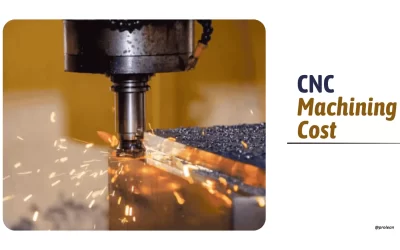
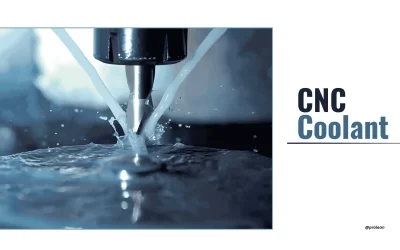
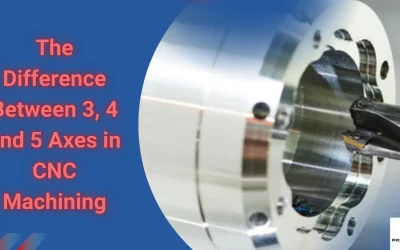
0 Comments